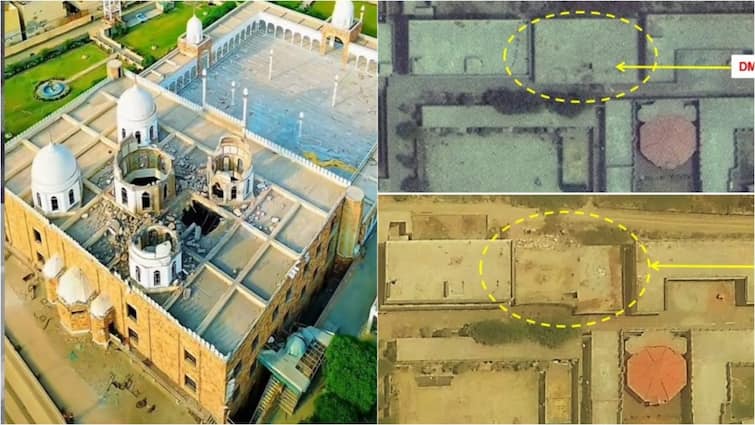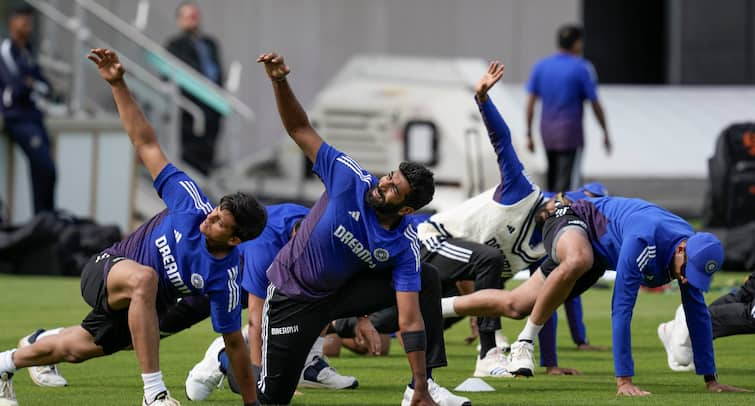The Indian Air Force (IAF) has, for the first time, shared exclusive visuals and details of Operation Sindoor, its swift and high-precision response to the Pahalgam terror attack in Jammu and Kashmir that claimed 26 lives.
At the NDTV Defence Summit in the capital, Air Marshal Narmdeshwar Tiwari, Vice Chief of the Air Staff, described how the operation was conceived, planned, and executed in record time, calling it a “watershed moment” that reaffirmed the Air Force’s role as India’s sword arm.
“This is the first time after Operation Sindoor that we are speaking on an open forum,” he said. “What we did was only a snapshot of the capability the Indian Air Force brings to the nation.”
A 48-Hour Turnaround
The response to the April 22 massacre was among the fastest in India’s recent military history.
- April 22: Pahalgam attack kills 26 civilians.
- April 23: Emergency meetings held with top military leadership.
- April 24: IAF presents strike options.
- April 29: Targets finalised, tactical planning begins.
- May 5: Strike date confirmed.
- May 6–7: Air strikes conducted deep inside Pakistan.
Within just two days of the terror strike, the IAF had prepared its operational blueprint.
The Targets Inside Pakistan
Nine targets were identified in total. Seven were assigned to the Army for artillery and cross-LoC operations, while the IAF was tasked with two high-value objectives:
- Muridke (Lashkar-e-Taiba headquarters) – 30 km from the international border.
- Bahawalpur (Jaish-e-Mohammed headquarters) – nearly 100 km inside Pakistani territory.
Both locations had long been under surveillance, with intelligence confirming the presence of senior militant leaders and training facilities. Each target was broken down into specific aim points to ensure precision and minimise collateral damage. “We made every weapon count,” Air Marshal Tiwari said.
What The Videos Showed
At Muridke, bombs struck the administrative block and two residences of top Lashkar commanders. Drone visuals initially appeared to show limited external damage, but internal video footage later confirmed widespread structural collapse.
At Bahawalpur, five points were targeted, including cadre housing, administrative centres, and leadership quarters. Footage revealed precision weapons piercing through multiple floors, destroying command facilities.
#NDTVDefenceSummit2025 | Air Marshal Narmdeshwar Tiwari, Vice Chief of the Air Staff Shows New Videos Of #OperationSindoor Strikes pic.twitter.com/Soddp78NIj
— NDTV (@ndtv) August 30, 2025
“Pictures speak more than a thousand words,” Air Marshal Tiwari remarked, adding that funerals of top militant leaders were attended by senior Pakistani state officials — including the Punjab Corps Commander and the provincial police chief. “This shows the state’s direct sponsorship of terrorism,” he asserted.
Parallel Measures on the Ground
Even before the strikes, India had moved quickly on the diplomatic and economic front.
- Suspension of the Indus Waters Treaty implementation, halting water-sharing with Pakistan.
- Closure of the Attari integrated check post, cutting cross-border trade and travel.
- Tightened visa rules for Pakistani nationals, including the cancellation of SAARC exemptions.
- Expulsion of Pakistani defence advisors from New Delhi.
On April 25, Prime Minister Narendra Modi, who cut short his Saudi Arabia visit, and Home Minister Amit Shah briefed leaders across the political spectrum, including Congress president Mallikarjun Kharge and Opposition leader Rahul Gandhi.
A Message of Deterrence
The operation concluded on May 7, forcing Pakistan to seek urgent mediation. By May 10, both sides agreed to halt hostilities across land, air, and sea. Reflecting on the strikes, Air Marshal Tiwari noted that the higher direction given to the forces was clear: the action had to be visible, the messaging had to be unmistakable, and the response had to deter future attacks.
“It is very easy to start a war, but not easy to end one,” he cautioned, highlighting the careful balance between military action and escalation control. Operation Sindoor, he said, was not just a demonstration of India’s air power but also a signal of its resolve. “What we showcased was only a glimpse of what the Air Force can deliver for this country.”
“Action Needs To Be Visual And Visible”
The higher directions which were given to us was essentially threefold. One is, you know, the punitive action needs to be visual and visible. So that was a very important aspect, and of course the right messaging needs to be sent across because that was essential to prevent future occurrence of such kind of incidents and accidents.
He said, “The other important aspect which was, you know, worked in favor of us, we were given complete operational freedom to plan any response to enemy actions, and that was a big positive because that shortened our decision cycles, and as you would see in the future when things panned out, we were up to speed to events that were occurring in real time. And of course, as a matter of abundant caution, we did plan to cater for escalation into a full-fledged conventional operations. It is very easy to start a war, but not easy enough to end it, and that was an important consideration to keep in mind so that our forces were activated, they were deployed, and they were ready for any eventuality that would have come about.”



